State of Madness: Psychiatry, Literature, and Dissent After Stalin
Dr Rebecca Reich examines politics, culture and reality in the Soviet Union
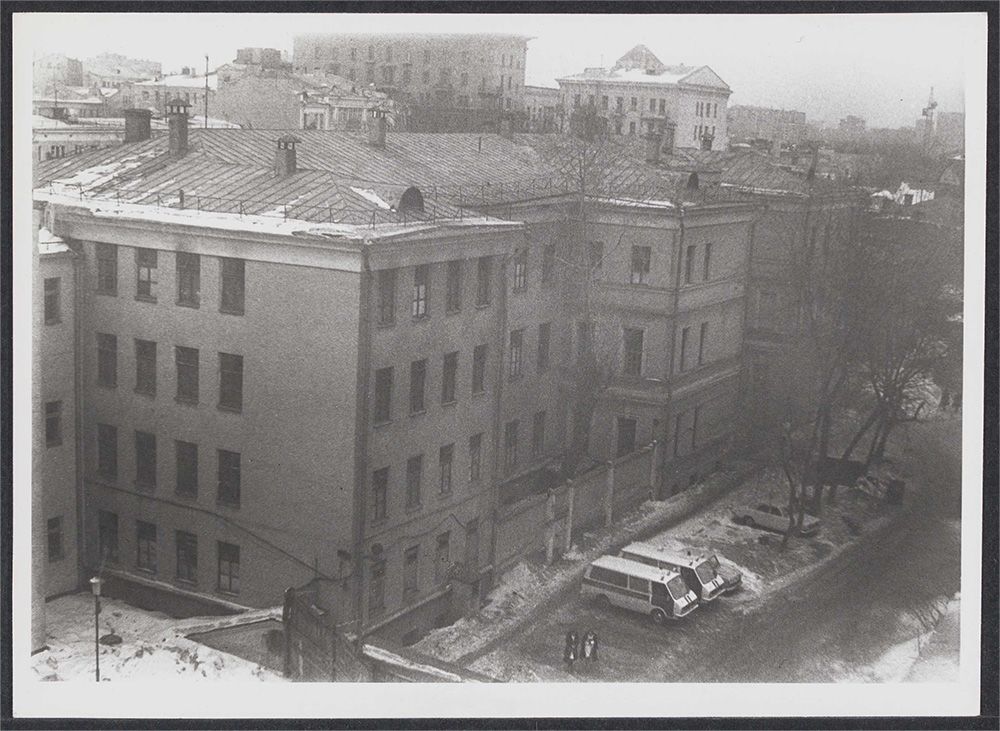
Towards the end of the 1960s, rumours began to spread in secret pamphlets and foreign newspapers that nonconformist citizens of the USSR were being diagnosed with mental illnesses and confined to psychiatric hospitals.

Reports, passed hand-to-hand in samizdat (clandestine literature banned by the state), included transcripts of encounters with psychiatrists, official psychiatric records, personal accounts of hospitalisation, letters to Soviet and Western authorities, literary works of poetry and fiction, and periodicals such as the Chronicle of Current Events, which updated readers on cases of psychiatric abuse as well as other human rights concerns.
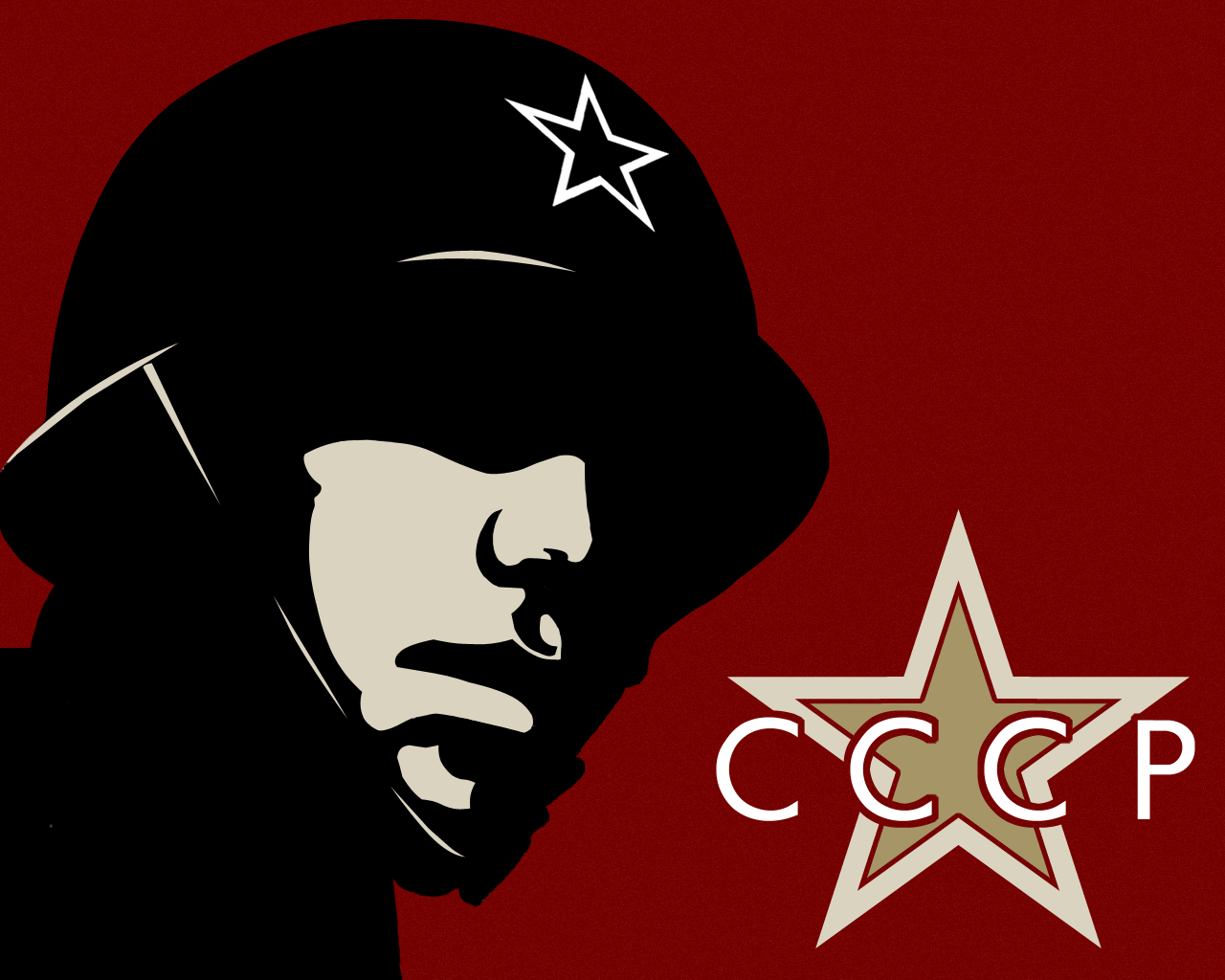
Some were written by former and current patients, others by concerned psychiatrists such as the dissident physician Semyon Gluzman, pictured.
They were passed around in secret because even possession of such material might taint their owners as ‘inakomysliashchie’ – differently-thinking people who shared the authors’ dissenting frame of mind, a dangerous position to find oneself in the Cold War-era USSR.
Using false diagnoses of mental ill-health as a punitive measure was not a new way of weaponising the state apparatus against its own people, but it did run directly counter to promises of reform made by Khrushchev and others who sought to distance themselves from Stalin’s brutality.
By 1959, Khrushchev had decreed in a speech to the Union of Soviet Writers: “A crime is a deviation from the generally accepted norms of behavior in society, often caused by mental disorders.
“Can there be diseases, mental disorders among certain people in a communist society? It appears there can be. If so, then there can also be offenses that are characteristic of people with abnormal minds.”
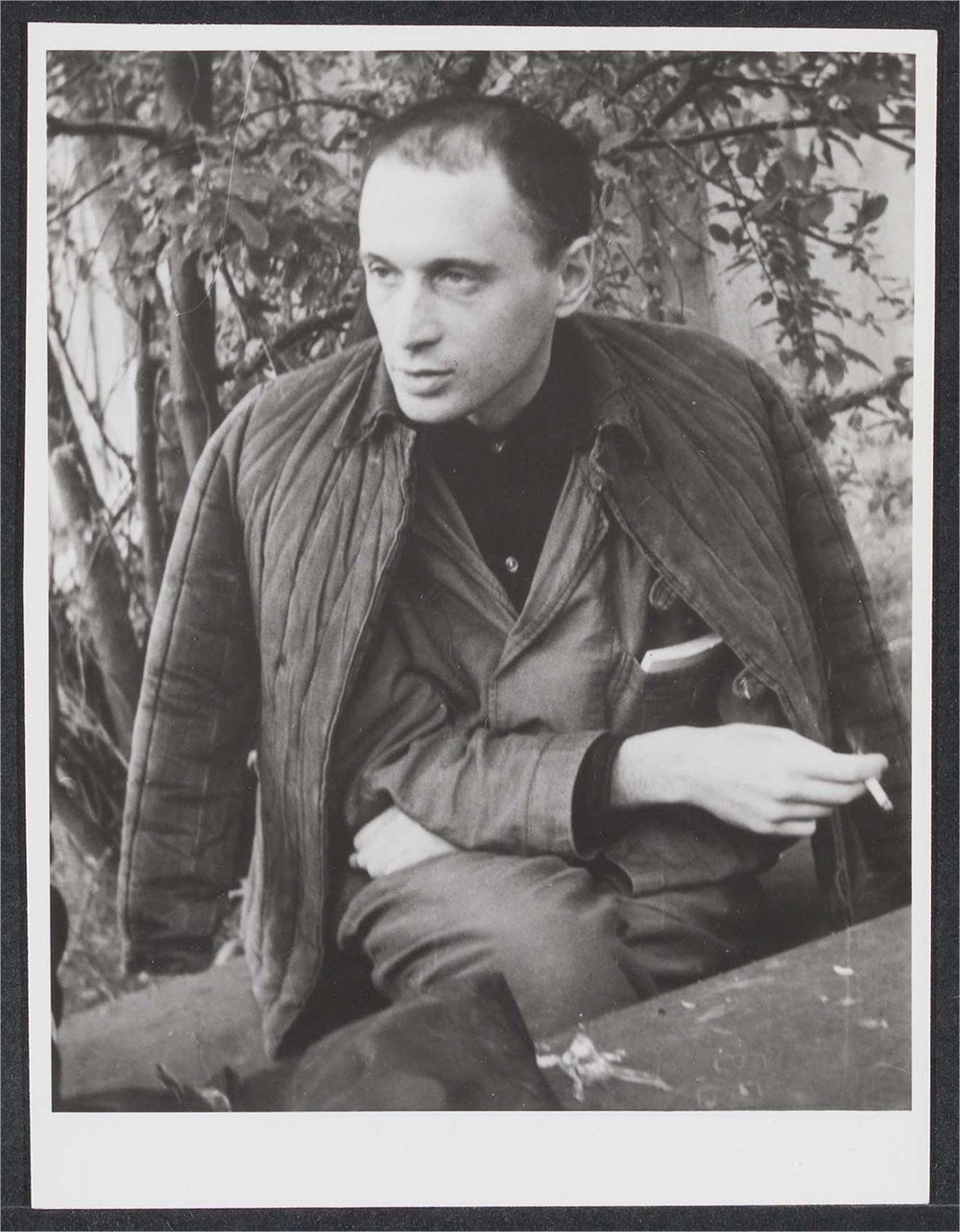
Dissident psychiatrist Semyon Gluzman in exile, 1979. Credit: Peter Reddaway Photograph Collection (MS Russ 78). Houghton Library, Harvard University.
Dissident psychiatrist Semyon Gluzman in exile, 1979. Credit: Peter Reddaway Photograph Collection (MS Russ 78). Houghton Library, Harvard University.
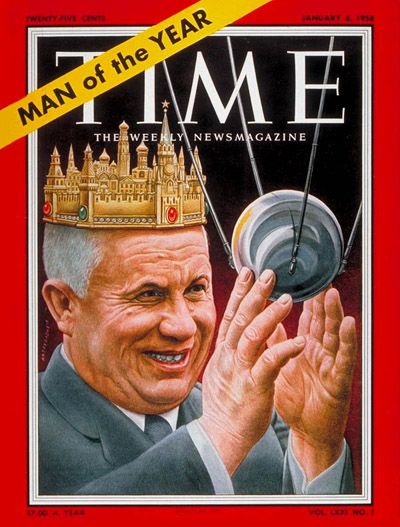
Nikita Khrushchev, Time Man of the Year in 1958. Credit: Time Magazine.
Nikita Khrushchev, Time Man of the Year in 1958. Credit: Time Magazine.
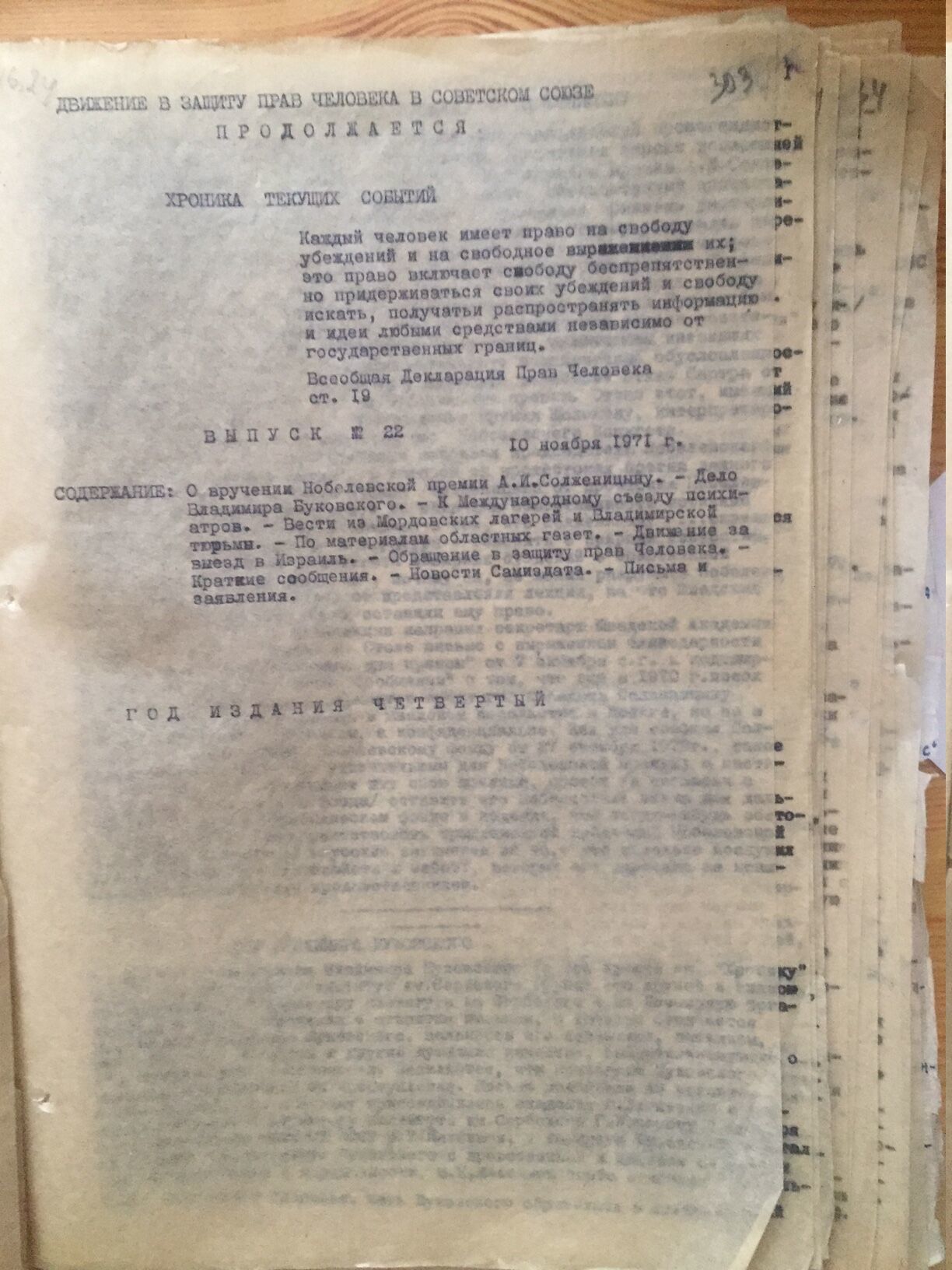
A 1971 edition of the samizdat periodical, A Chronicle of Current Events, announcing the upcoming World Psychiatric Association Congress. Credit: Wikimedia Commons.
A 1971 edition of the samizdat periodical, A Chronicle of Current Events.
Khrushchev’s comments appeared to sanction a practice of using catch-all diagnoses such as ‘sluggish schizophrenia’ to subject dissidents and dissenting writers to evaluation and treatment at the V. P. Serbsky Institute for Forensic Psychiatry and Moscow’s Kashchenko psychiatric hospital, among other establishments.
New research by Cambridge academic Dr Rebecca Reich has uncovered how psychiatrists who pronounced such diagnoses relied on literary styles of storytelling that were also employed by those whom they condemned as mentally unstable.
At the same time, dissenters turned the language of psychiatry against the USSR itself.
Reich's book, State of Madness: Psychiatry, Literature, and Dissent After Stalin examines the relationship between psychiatry and literature following Stalin’s death in 1953 right through to the decline of the USSR in the 1980s.
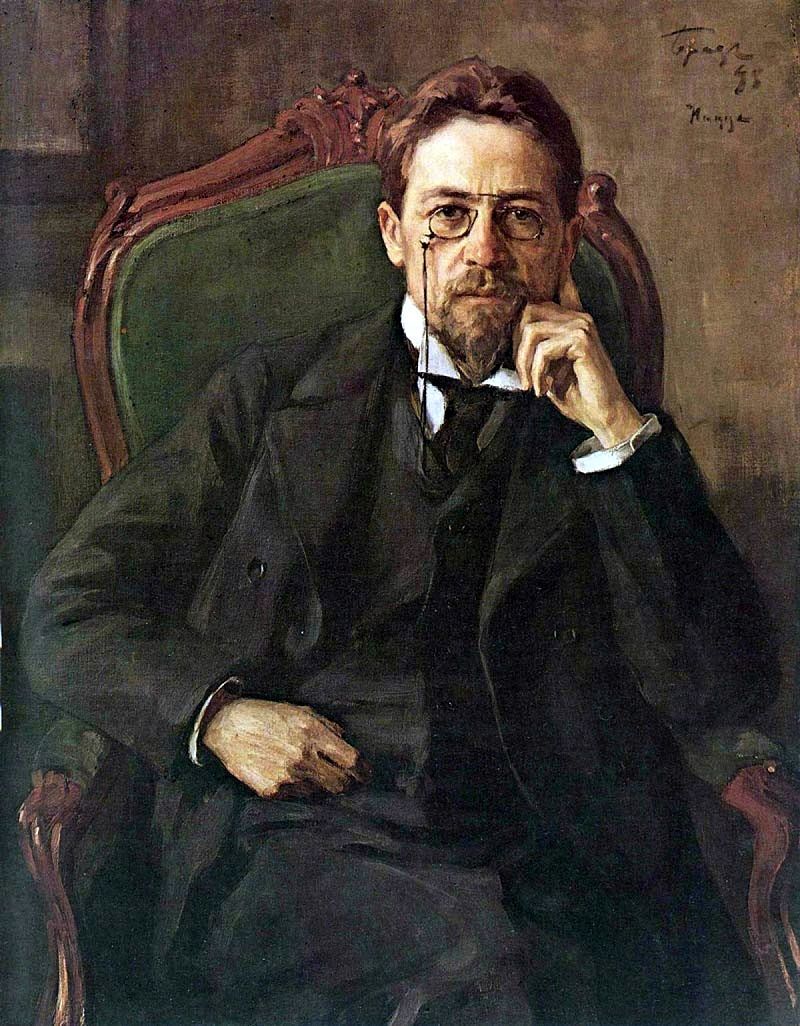
Portrait of Chekhov, 1898. by Osip Braz.
Portrait of Chekhov, 1898. by Osip Braz.
“From Chekhov and Gogol to the current day, there is a centuries-old fascination with madness in Russian literature,” said Reich.
“Scholars have shown that the wealth of case histories of literary heroes by early Russian psychiatrists reflects the discipline’s eagerness to leave its own mark on literary discussions of madness and genius. I wanted to see how post-Stalinist psychiatrists discussed literary works that deviated from those sanctioned by the state.
“Psychiatrists constructed diagnoses as literary structures in their own right: narratives about what they believed normality should be. They themselves were acting in a literary way when diagnosing dissidents and dissenting writers.”
In the book, Reich examines what the USSR’s most prominent psychiatrist, Andrei Snezhnevsky, described as the ‘art’ of diagnosis: the physician’s ability to identify a disease and narrate its progression over time. In practice, this meant fitting dissenters’ lives into pre-set diagnostic narratives that were shaped by the state’s own artistic norms.
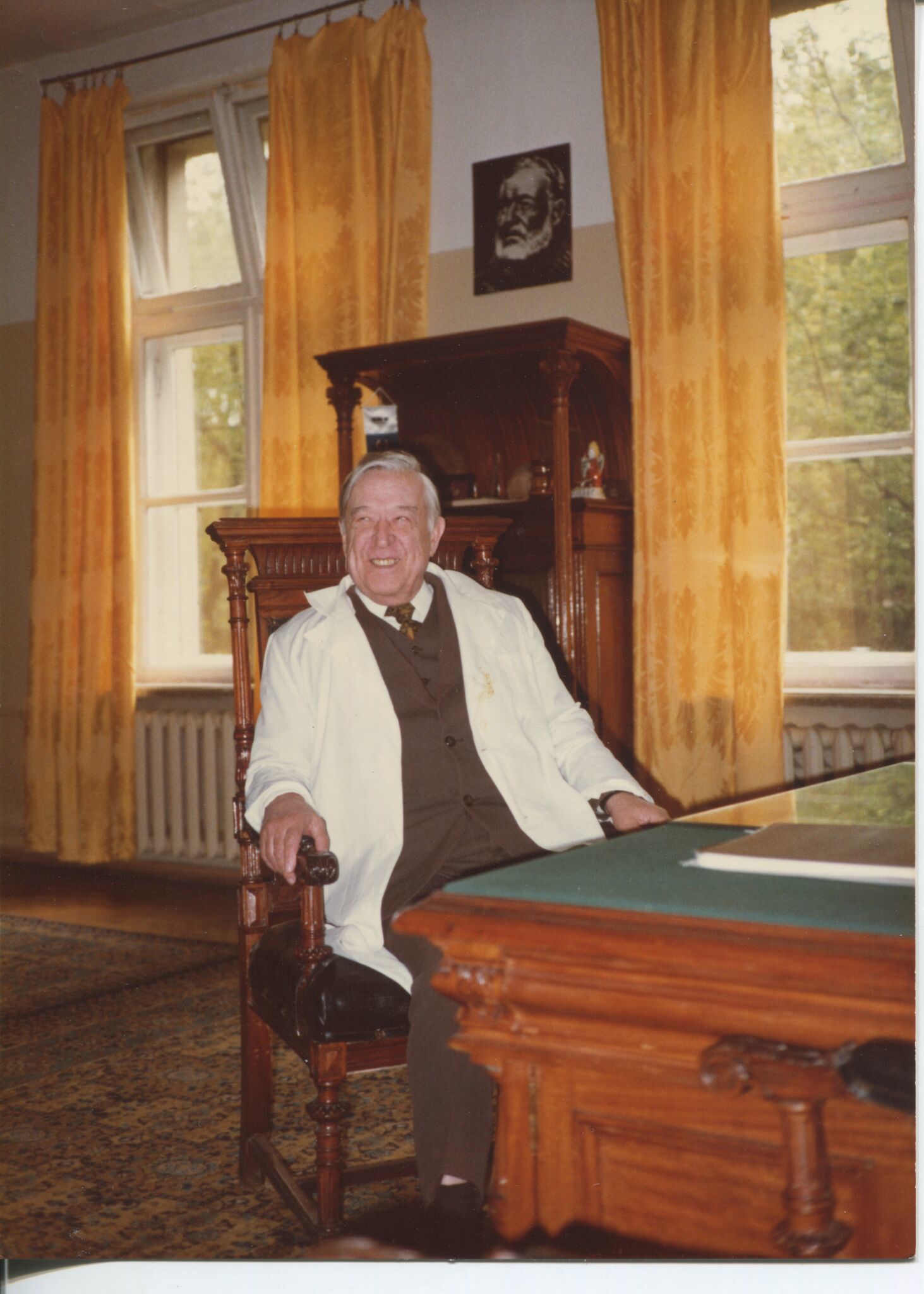
The Soviet Union's most prominent psychiatrist Andrei Snezhnevsky at his desk, 1982. Credit: Walter Reich.
The Soviet Union's most prominent psychiatrist Andrei Snezhnevsky at his desk, 1982. Credit: Walter Reich.
Psychiatric reports on dissidents such as Vladimir Bukovsky, Aleksandr Volpin, and Petro Grigorenko, and on dissenting writers such as Joseph Brodsky and Andrei Sinyavsky, based their claims to their subjects’ abnormality in part on an idea of normality cultivated in Stalin-era art.

Vladimir Bukovsky in 1970. Credit: Peter Reddaway Photograph Collection (MS Russ 78). Houghton Library, Harvard University.
Vladimir Bukovsky in 1970. Credit: Peter Reddaway Photograph Collection (MS Russ 78). Houghton Library, Harvard University.
“In exploring the interplay of psychiatry and dissent after Stalin, my book investigates a controversial period in Russian and Soviet psychiatric history," adds Reich.
“There is a long tradition of dissenting writers and poets viewing both the state and society as a metaphorical madhouse. By appropriating their own punitive diagnoses, writers inverted and turned such diagnoses into evidence of their sanity and the state’s insanity.”

Joseph Brodsky pictured in 1973, a decade after his psychiatric hospitalisation. Credit: Wikimedia Commons.
Joseph Brodsky pictured in 1973, a decade after his psychiatric hospitalisation. Credit: Wikimedia Commons.
As well as chapters examining the punitive uses of Soviet psychiatry and dissidents’ response to it, Reich devotes chapters to the fates of three dissenting writers – Brodsky, Sinyavsky and Venedikt Erofeev – who all explored the blurry line between creativity and insanity in their works.
Sinyavsky, along with the writer Yuly Daniel, was sentenced to years of hard labour and internal exile in what has been described the first Soviet show trial where writers were openly convicted solely on the basis of their literary works.
The 1966 case is widely considered to mark the end of Khrushchev’s liberalisation and to have been a galvanising moment for the USSR’s dissident movements.
The court accused Sinyavsky of slandering the state through his literary depictions of psychological deviance.
In his defence, Sinyavsky argued that the state had mistakenly attributed his characters’ words to him – a mistake which affirmed the very inability to distinguish between art and life that, in his literary work, had driven society mad.
Although dissidents were often accused of being insane as a means of character assassination, some, such as Bukovsky, were subsequently declared sane and then placed on trial by the state.
Psychiatric diagnosis was heavily informed by political pressures and contemporary social norms.
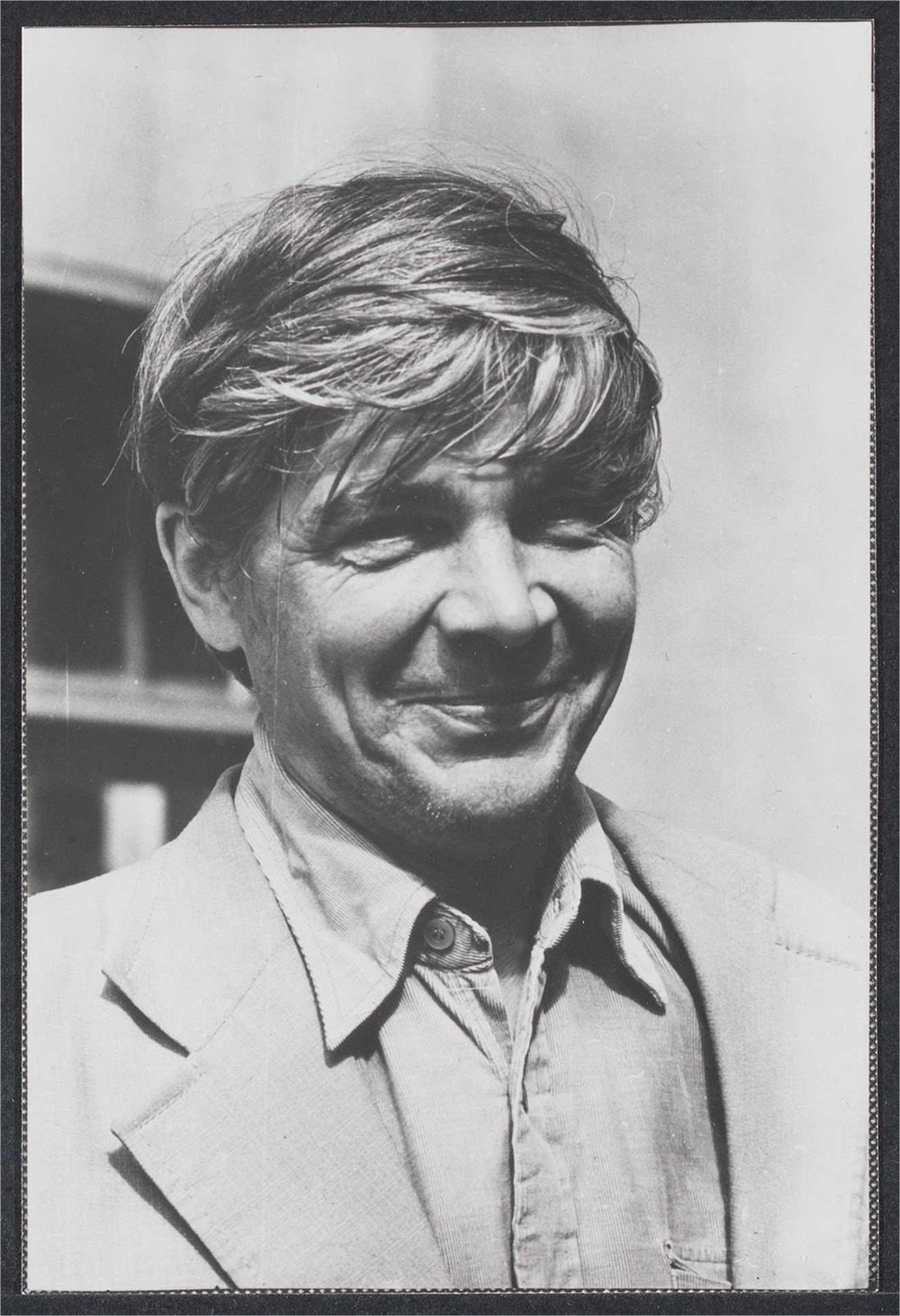
Venedikt Erofeev set his 1985 play Walpurgis Night, or The Steps of the Commander, in a psychiatric hospital. Credit: Peter Reddaway Photograph Collection (MS Russ 78). Houghton Library, Harvard University.
Venedikt Erofeev set his 1985 play Walpurgis Night, or The Steps of the Commander, in a psychiatric hospital. Credit: Peter Reddaway Photograph Collection (MS Russ 78). Houghton Library, Harvard University.
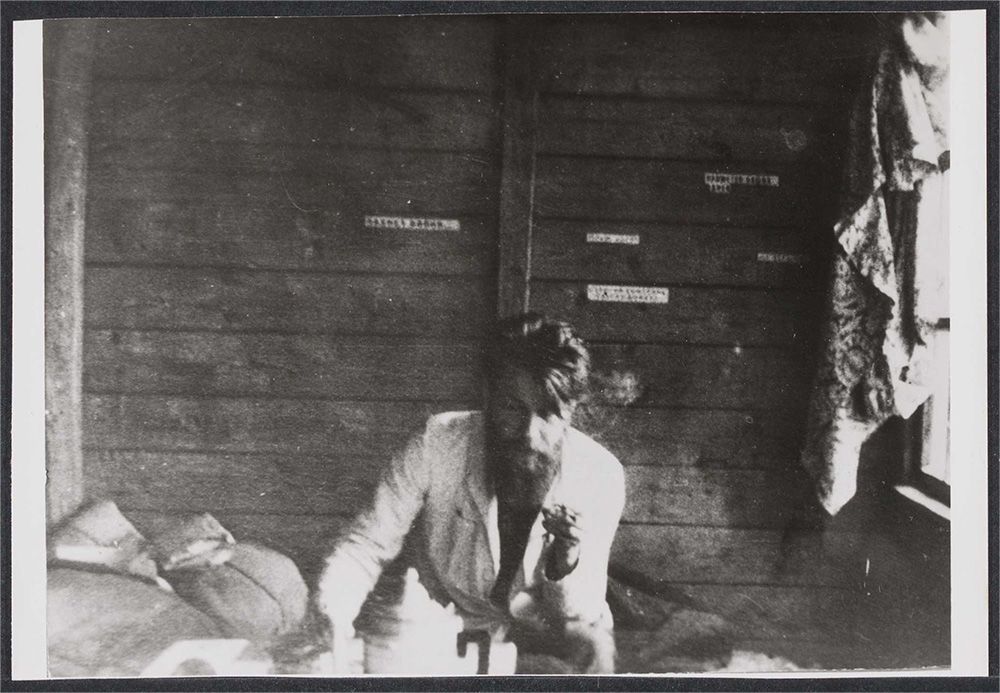
The writer Andrei Sinyavsky travelling in northern Russia, early 1960s. Credit: Peter Reddaway Photograph Collection (MS Russ 78). Houghton Library, Harvard University.
The writer Andrei Sinyavsky travelling in northern Russia, early 1960s.
"People genuinely thought if you walked into Red Square with a protest sign, endangering yourself and your family at a time when no one did that, then the only logical explanation must have been madness."
Rebecca Reich
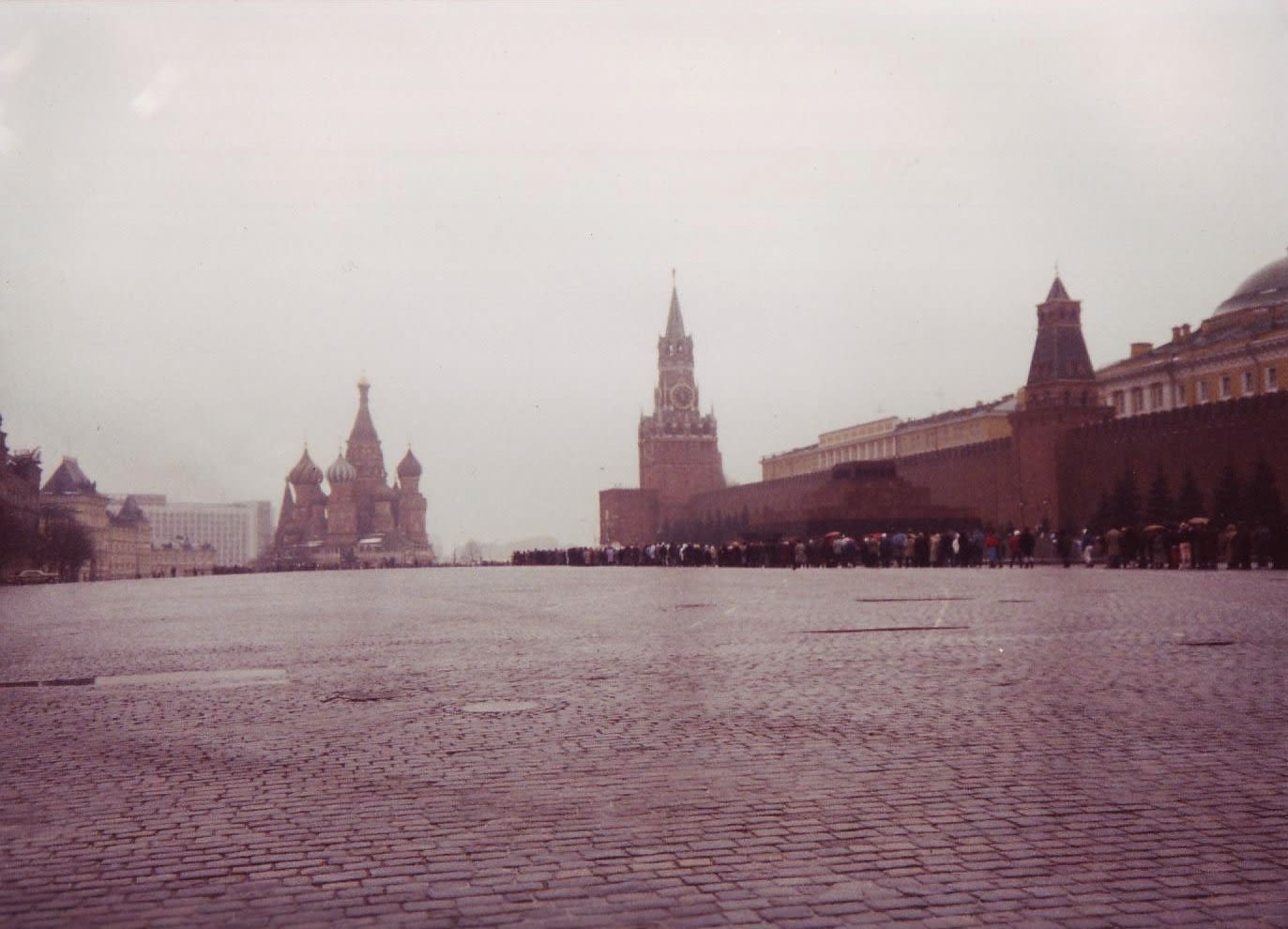
By 1971, the overt control the state exerted over psychiatry was brought into ever-sharper focus when the Presidium of the Supreme Soviet declared that all graduating medical students were henceforth to pronounce the Oath of the Physician of the USSR.
In addition to pledging to care for patients and to further the cause of science, doctors now promised ‘to be guided in all my actions by the principles of communist morality’ and ‘to always remember the high calling of the Soviet physician and my responsibility to the People and to the Soviet state’.
“My research is about the very close relationship between politics, science and culture in an authoritarian regime – and how we understand things like normality, sanity and rationality,” said Reich.
“Literature becomes a place where one can ask questions about what reality is, and these questions have an enormous amount of political and cultural importance.”
“Dissenters in the USSR responded by making literary use of psychiatric discourse to both validate themselves and challenge the authority of the state.
“The impact of their essays, transcripts, poems and works of fiction may have seemed limited within the isolation and silence of their psychiatric wards and unpublished exchanges – but the diagnosis they pronounced on Soviet society would resound with ever more prescience in decades to come.”
Rebecca Reich

State of Madness: Psychiatry, Literature, and Dissent After Stalin, published by Northern Illinois University Press, is available now.

